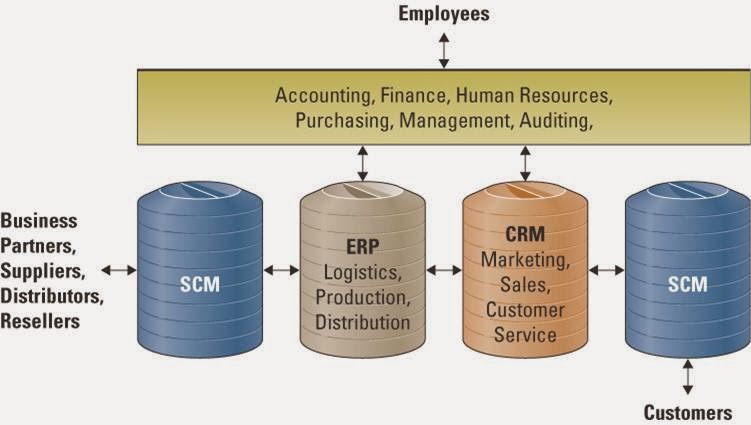- A heart of an ERP systems is a central database that collects information from and feeds information into all the ERP systems individual applications components, supporting diverse business functions such as accounting, markerting, human resources.
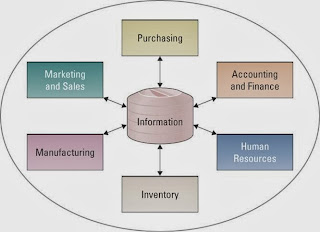
ERP INTEGRATION DATA FLOWS
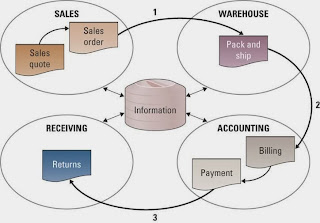
ERP PROCESS FLOW
BRINGING THE ORGANIZATION TOGETHER.
- with the extended portal capabilities, an organization can also involve its suppliers and customers to participate in the workflows process, allowing the ERP to penetrate the entire value chain, and help the organization acheive greater operational efficiently.
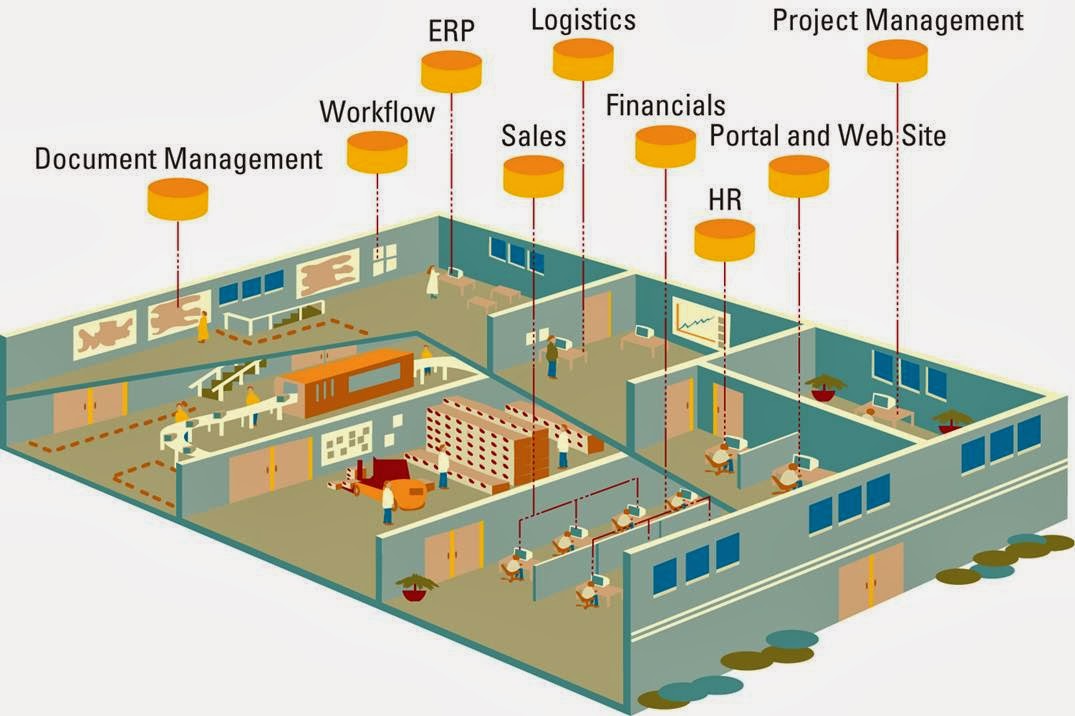
THE ORGANIZATION BEFORE ERP
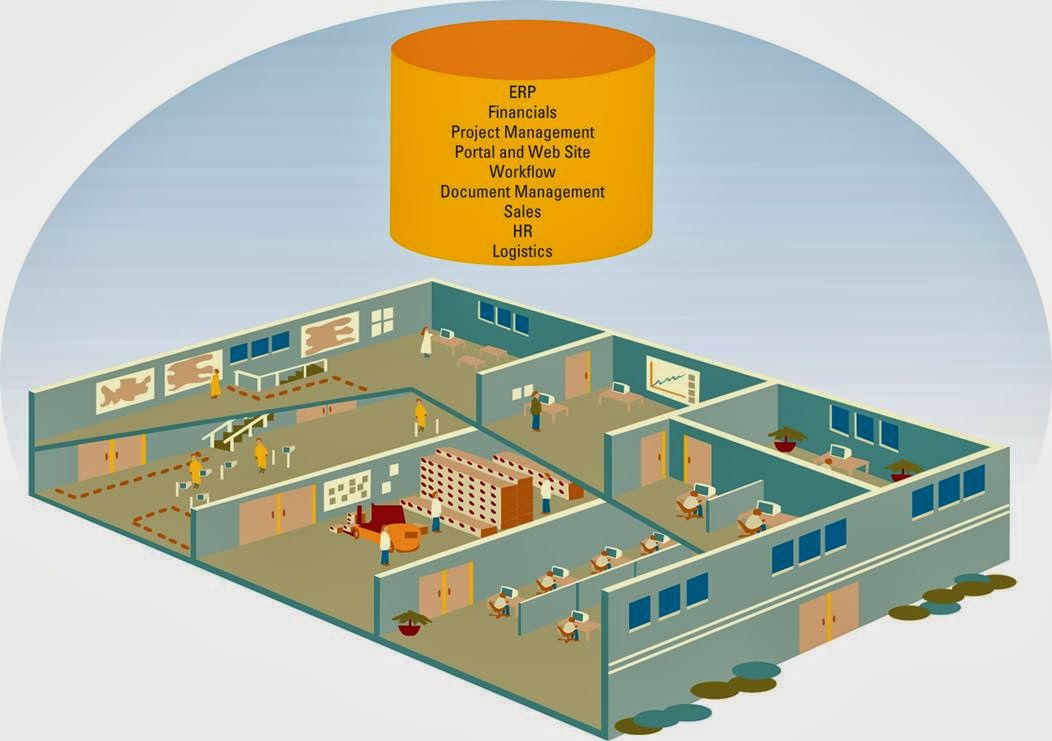
ERP BRINGING THE ORGANIZATION TOGETHER
THE EVOLUTION OF ERP
- ERP has grown over the years to become part of the extended enterprise.
- it has extended to warehousing, distribution, and order entry.
- ERP expands to the front office including CRM.
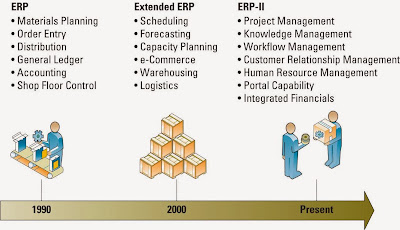
INTEGRATING SCM, CRM, AND ERP
- integration allows the unlocking information to make it available to any user, anywhere, anytime.
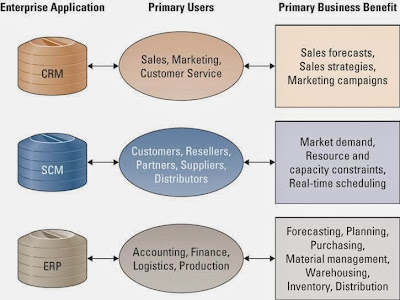
INTEGRATION TOOLS
-middleware- several different types of software that sit in the middle of and provide connectivity between two or more software applications.
-enterprise applications integration(EAI) middleware- represents a new approach to middleware by packaging together commonly used functionality.
-if one application performs poorly, the entire consumer value delivery systems is affected.
